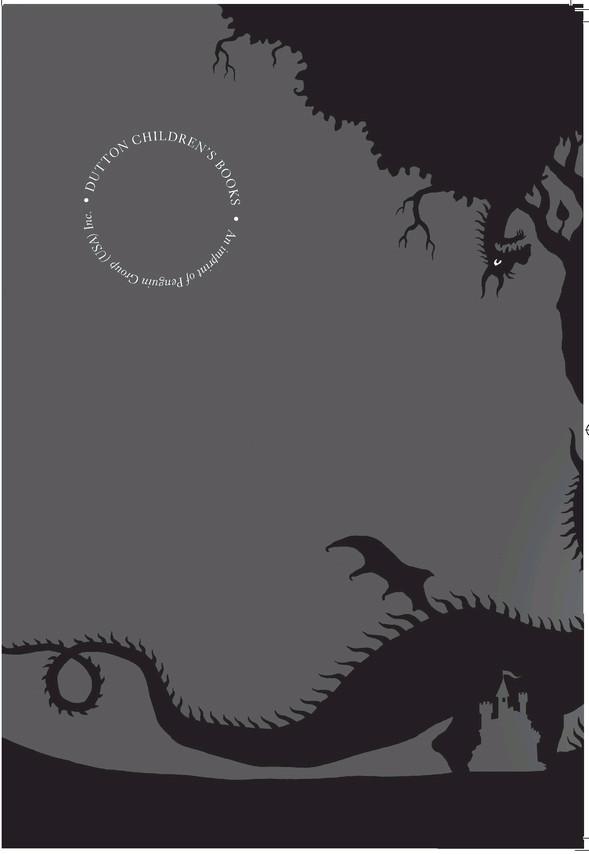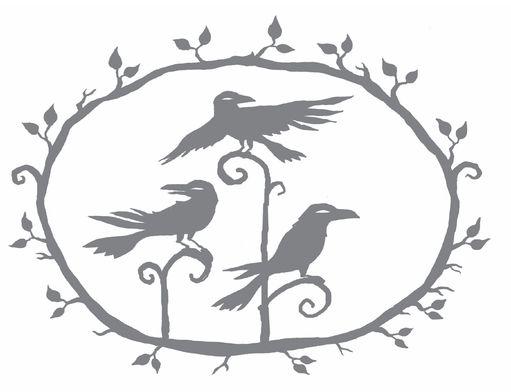

Follows Hansel and Gretel as they walk out of their own story and into eight more tales, encountering such wicked creatures as witches, along with kindly strangers and other helpful folk. Based in part on the Grimms’ fairy tales Faithful Johannes, Hansel and Gretel, The seven ravens, Brother and sister, The robber bridegroom, and The devil and his three golden hairs.

Once upon a time, fairy tales were awesome.
I know, I know. You don’t believe me. I don’t blame you. A little while ago, I wouldn’t have believed it myself. Little girls in red caps skipping around the forest? Awesome? I don’t think so.
But then I started to read them. The real, Grimm ones. Very few little girls in red caps in those.
Well, there’s one. But she gets eaten.
“Okay,” you’re probably saying, “if fairy tales are awesome, why are all the ones I’ve heard so unbelievably, mind-numbingly boring?” You know how it is with stories. Someone tells a story. Then somebody repeats it and it changes. Someone else repeats it, and it changes again. Then someone’s telling it to their kid and taking out all the scary, bloody scenes—in other words, the awesome parts—and the next thing you know the story’s about an adorable little girl in a red cap, skipping through the forest to take cookies to her granny. And you’re so bored you’ve passed out on the floor.
The real Grimm stories are not like that.
Take
Which is pretty cool, you have to admit.
But maybe it’s not awesome.
Except—and here’s the thing—that’s not the real story of Hansel and Gretel.
You see, there is another story in Grimm’s
It is the story of two children—a girl named Gretel and a boy named Hansel—traveling through a magical and terrifying world. It is the story of two children striving, and failing, and then not failing. It is the story of two children finding out the meanings of things.
Before I go on, a word of warning: Grimm’s stories—the ones that weren’t changed for little kids—are violent and bloody. And what you’re going to hear now, the one true tale in
Really.
So if such things bother you, we should probably stop right now.
You see, the land of Grimm can be a harrowing place. But it is worth exploring. For, in life, it is in the darkest zones one finds the brightest beauty and the most luminous wisdom.
And, of course, the most blood.
Faithful Johannes

Once upon a time, in a kingdom called Grimm, an old king lay on his deathbed. He was Hansel and Gretel’s grandfather—but he didn’t know that, for neither Hansel nor Gretel had been born yet.
Now hold on a minute.
I know what you’re thinking.
I am well aware that nobody wants to hear a story that happens
But don’t worry. This story is like no story you’ve ever heard.
You see, Hansel and Gretel don’t just
They show up.
And then they get their heads cut off.
Just thought you’d like to know.
The old king knew he was soon to pass from this world, and so he called for his oldest and most faithful servant. The servant’s name was Johannes; but he had served the king’s father, and his father’s father, and his father’s father’s father so loyally that all called him Faithful Johannes.
Johannes tottered in on bowed legs, heaving his crooked back step by step and leering with his one good eye. His long nose sniffed at the air. His mouth puckered around two rotten teeth. But, despite his grotesque appearance, when he came within view, the old king smiled and said, “Ah, Johannes!” and drew him near.
The king’s voice was weak as he said, “I am soon to die. But before I go, you must promise me two things. First, promise that you will be as faithful to my young son as you have been to me.”
Without hesitation, Johannes promised.
The old king went on. “Second, promise that you will show him his entire inheritance—the castle, the treasures, all this fine land—
The king gripped Johannes’s hand. “Promise me.”
Again Johannes promised. Then the wrinkles of worry left the king’s brow, and he closed his eyes and breathed his last.
Soon the prince was crowned as the new king. He was celebrated with parades and toasts and feasts all throughout the kingdom. But, when the revelry finally abated, Johannes sat him down for a talk.
First, Johannes described to him all of the responsibilities of the throne. The young king tried not to fall asleep.
Then he explained that the old king had asked him to show the young king his entire inheritance—the castle,

